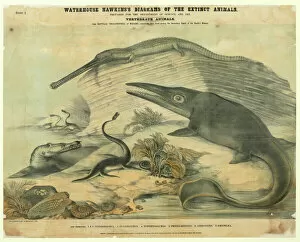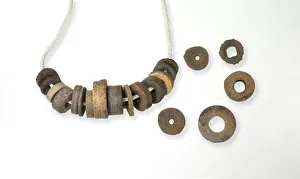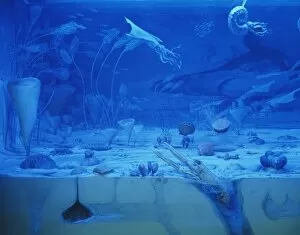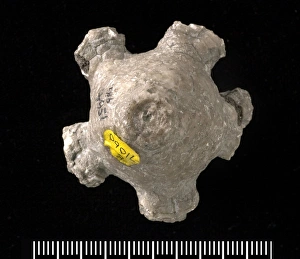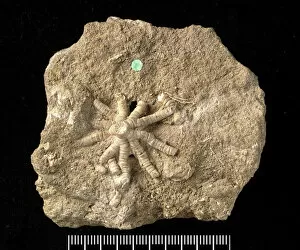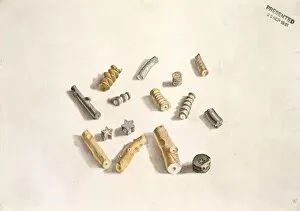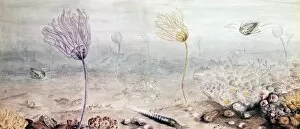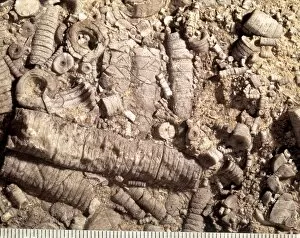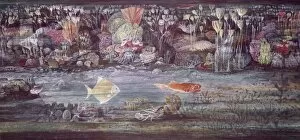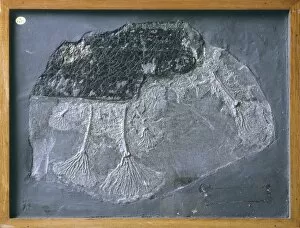Crinozoa Collection
"Exploring the Enigmatic World of Crinozoa: Extinct Marine Reptiles and Fossilized Treasures" Delve into the fascinating realm of crinozoa
All Professionally Made to Order for Quick Shipping
"Exploring the Enigmatic World of Crinozoa: Extinct Marine Reptiles and Fossilized Treasures" Delve into the fascinating realm of crinozoa, a group of extinct marine reptiles that once roamed ancient oceans. These magnificent creatures, now lost to time, captivate our imagination with their mysterious existence. Did you know that crinoids, also known as sea lilies or feather stars, were part of the crinozoa family? These delicate organisms adorned the seafloor with their elegant stalks and feathery arms. St. Cuthbert's Beads, rosaries made from crinoid columnals found in England's Northumberland coast, offer a glimpse into these mesmerizing beings' presence. Fossils like Dimerocrinus and Isocrinus robustus allow us to study these prehistoric marvels up close. Actinocrinites sp. , another fossilized crinoid species discovered through UW INDO 1903 50 expedition records, adds to our understanding of their diversity. Imagine walking on the Cretaceous chalk seafloor where Ailsacrinus prattii thrived alongside other ancient inhabitants like Plesiosaurus, Telesaurus, Ichthyosaurus, Pentacrinites - all forming a vibrant ecosystem beneath the waves. Transport yourself back in time with a vivid chalk sea diorama depicting this long-lost world. Picture it teeming with life as various species interacted within an intricate web of survival and adaptation. Artwork C016 / 5568 showcases a stunning fossil crinoid captured forever in its preserved form—a testament to Earth's rich history and evolution over millions of years. Crinozoa may have vanished from our modern seascape but exploring their remnants ignites curiosity about what else lies hidden beneath Earth's surface. Let us continue unraveling nature's secrets by delving into the captivating world of crinozoa.

